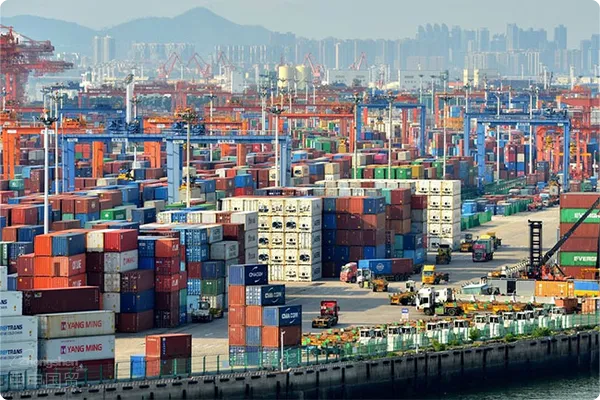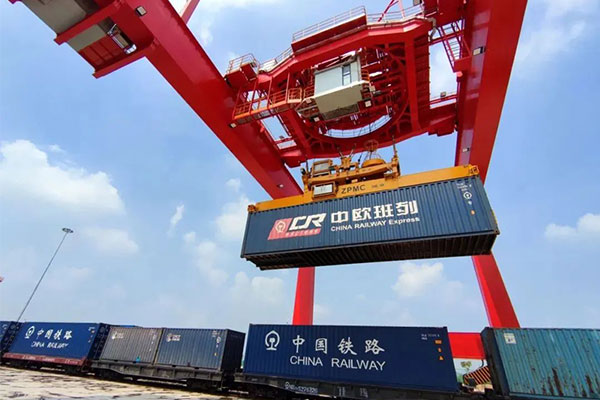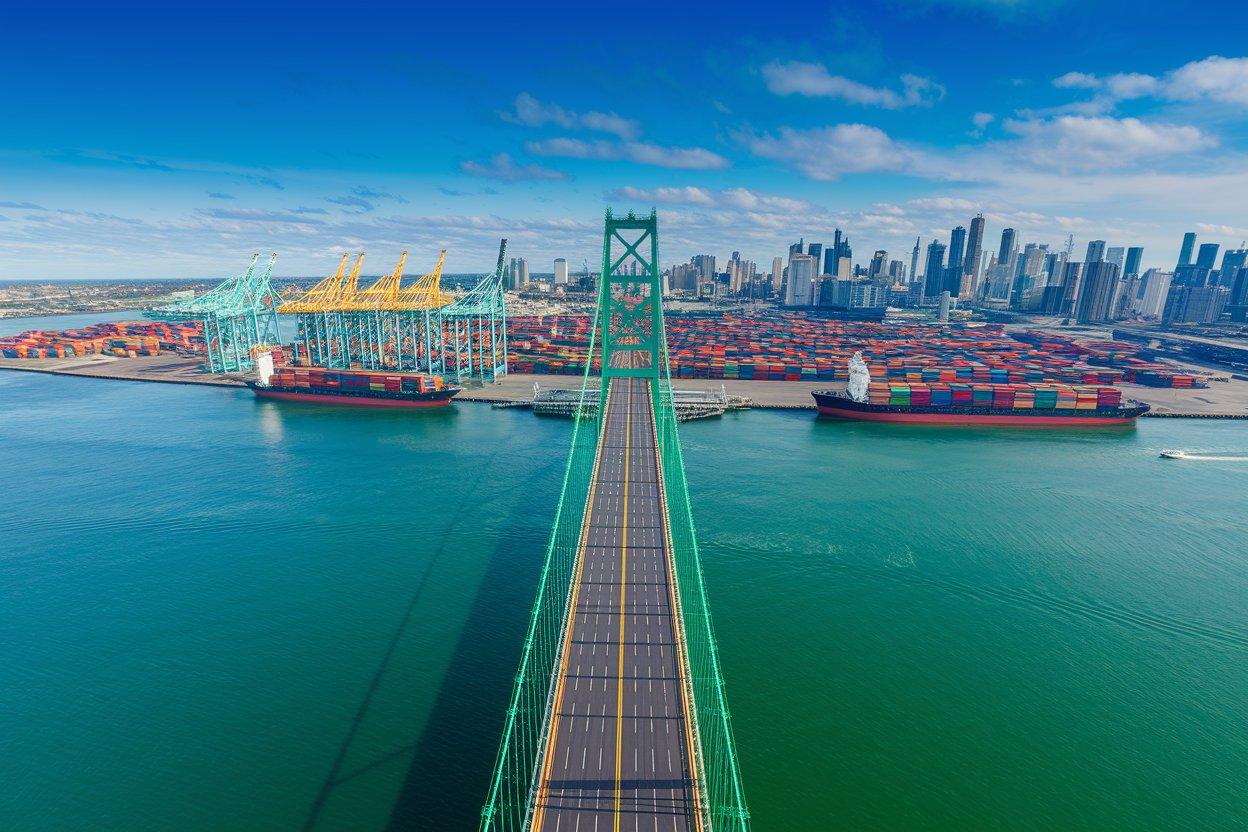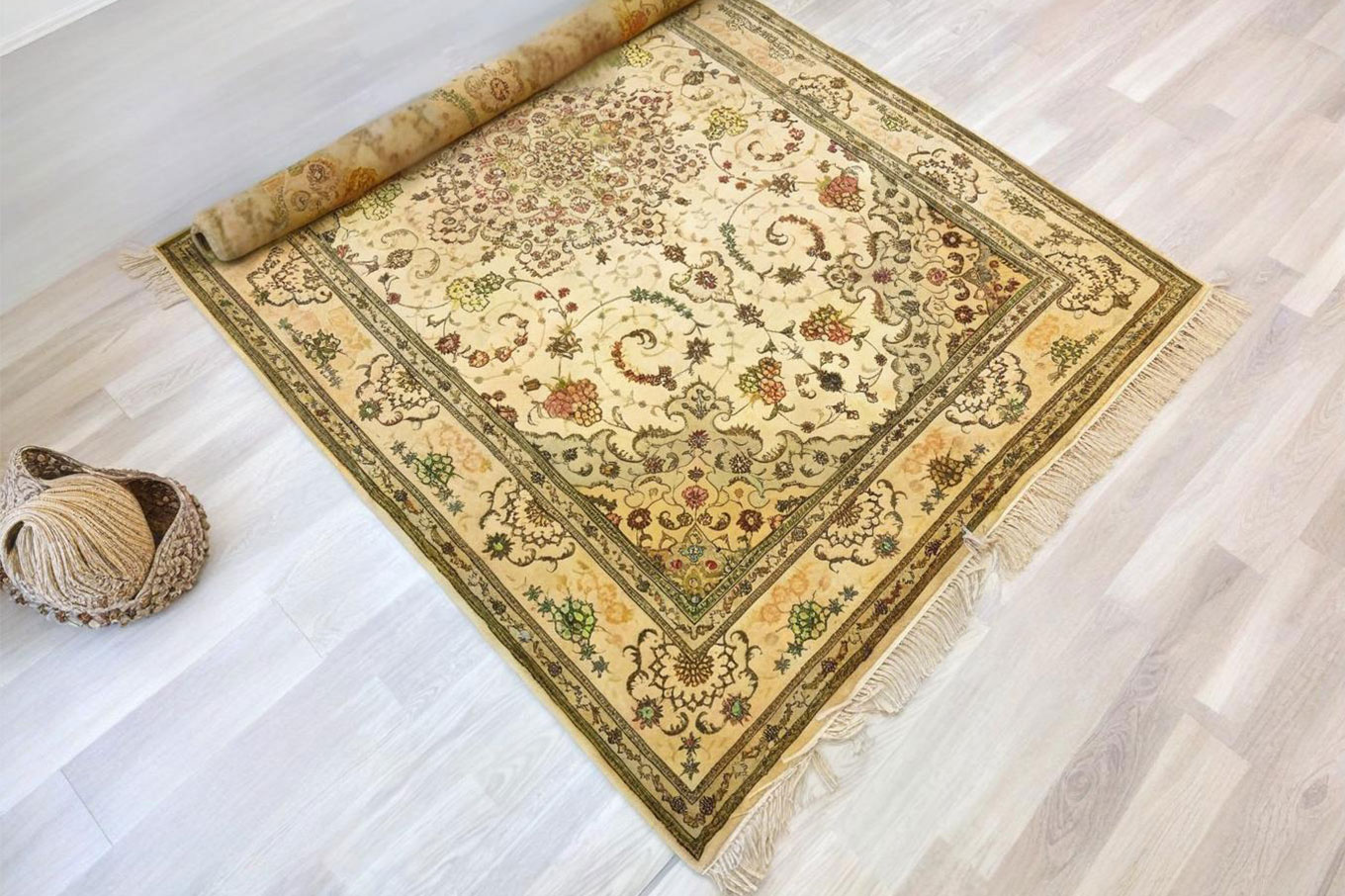- Shanghai Zhongshen International Trade Co., Ltd. - Two decades of trade agency expertise.
- Service Hotline: 139 1787 2118

On the stage of international trade, the price of lighting fixtures exported to Belarus is influenced by multiple factors, presenting both opportunities and challenges.
I. Production Cost Factors
Raw Material Costs
- Lighting fixtures require a wide variety of raw materials, including metals (such as aluminum for the fixture housing, copper for wiring, etc.), glass or plastic (for lampshades and other components). If metal prices rise in the international market, for example, aluminum prices increase due to higher energy costs or reduced mine supply, the production cost of lighting fixtures will inevitably rise. For lighting fixtures exported to Belarus, this will directly affect their price. Similarly, price fluctuations in high-quality glass or special plastics will also be reflected in the raw material costs of lighting fixtures.
Labor Costs
- In the production process of lighting fixtures, from component assembly to final inspection, manual operations are required. In major lighting fixture producing countries like China, labor costs are constantly changing. As workers wages increase and welfare benefits improve, the labor costs of lighting fixture manufacturers gradually rise. This additional cost is often passed on to the price of lighting fixtures, affecting the final pricing of products exported to Belarus.
Production Technology and Equipment
- Advanced production technology and efficient equipment can improve production efficiency and reduce unit costs. For example, automated production lines can minimize human errors and increase production speed. If enterprises invest heavily in updating production technology and equipment, although costs may increase in the short term, in the long run, production costs may decrease, thereby affecting the price of exported lighting fixtures. Some enterprises capable of large-scale production of energy-saving lighting fixtures may have more competitive pricing when exporting to Belarus due to their technological and equipment advantages.
II. Transportation and Logistics Costs
Shipping Distance and Methods
- The distance from the producing country to Belarus is considerable, and the main transportation methods includeMaritime TransportationTariffs and Trade Policies
- Belarus tariff policies significantly affect import prices. High import duties on lighting fixtures increase costs, raising retail prices. Non-tariff barriers, such as stringent quality standards and certification requirements, also indirectly impact pricing. Compliance may require additional testing or design modifications, adding costs that ultimately reflect in export prices.
- Belaruss tariff policies significantly impact the price of imported lighting fixtures. If Belarus imposes high import tariffs on lighting fixtures, this will undoubtedly increase the cost of imported products, leading to higher market prices. Additionally, non-tariff barriers in trade policies, such as strict quality standards and certification requirements, can indirectly affect prices. To meet these requirements, enterprises may need to conduct additional testing or modify product designs, all of which increase costs and are ultimately reflected in the price of exported lighting fixtures.
- Belarus lighting market has unique characteristics. For instance, growing emphasis on energy conservation and environmental protection drives demand for energy-efficient fixtures, allowing premium pricing for such products. Regional demand variations also matter: urban areas may favor high-end, smart lighting, while rural markets prioritize affordability, requiring tailored pricing strategies.
Characteristics of Market Demand
- The demand for lighting fixtures in Belarus has certain characteristics. For example, as Belarus places greater emphasis on energy conservation and environmental protection, the demand for energy-saving lighting fixtures is growing. For export enterprises capable of providing high-efficiency energy-saving lighting fixtures, there may be some room for price premiums. Moreover, regional demand differences within Belarus can also affect pricing. Urban areas may have greater demand for high-end, smart lighting fixtures and be willing to pay higher prices, while rural areas may prioritize cost-effectiveness, requiring export enterprises to adopt different pricing strategies for different market segments.
Competitive Situation
- In the Belarusian lighting fixture market, there is competition from products originating from different countries and regions. Lighting fixtures from European countries may dominate the high-end market with their premium designs and brand image, commanding relatively higher prices. Meanwhile, products from some Asian countries may compete in the mid-to-low-end market with price advantages. Chinese lighting fixture exporters seeking to gain significant market share in Belarus need to strike a balance in pricing—ensuring sufficient profit margins while remaining competitive. If market competition intensifies, enterprises may lower prices to attract more consumers, but this must be weighed against cost factors to avoid excessive price reductions leading to losses.
On the stage of international trade, the price of lighting fixtures exported to Belarus is influenced by multiple factors, presenting both opportunities and challenges. I. Production Cost Factors 1. Raw Material Costs - Lighting fixtures require diverse raw materials, including metals (such as aluminum for housings, copper for wiring). If global metal prices rise—for example, aluminum due to increased energy costs or reduced mine supply—production costs for lighting fixtures will inevitably increase. For exports to Belarus, this directly...
Related Recommendations
? 2025. All Rights Reserved. Shanghai ICP No. 2023007705-2  PSB Record: Shanghai No.31011502009912
PSB Record: Shanghai No.31011502009912










